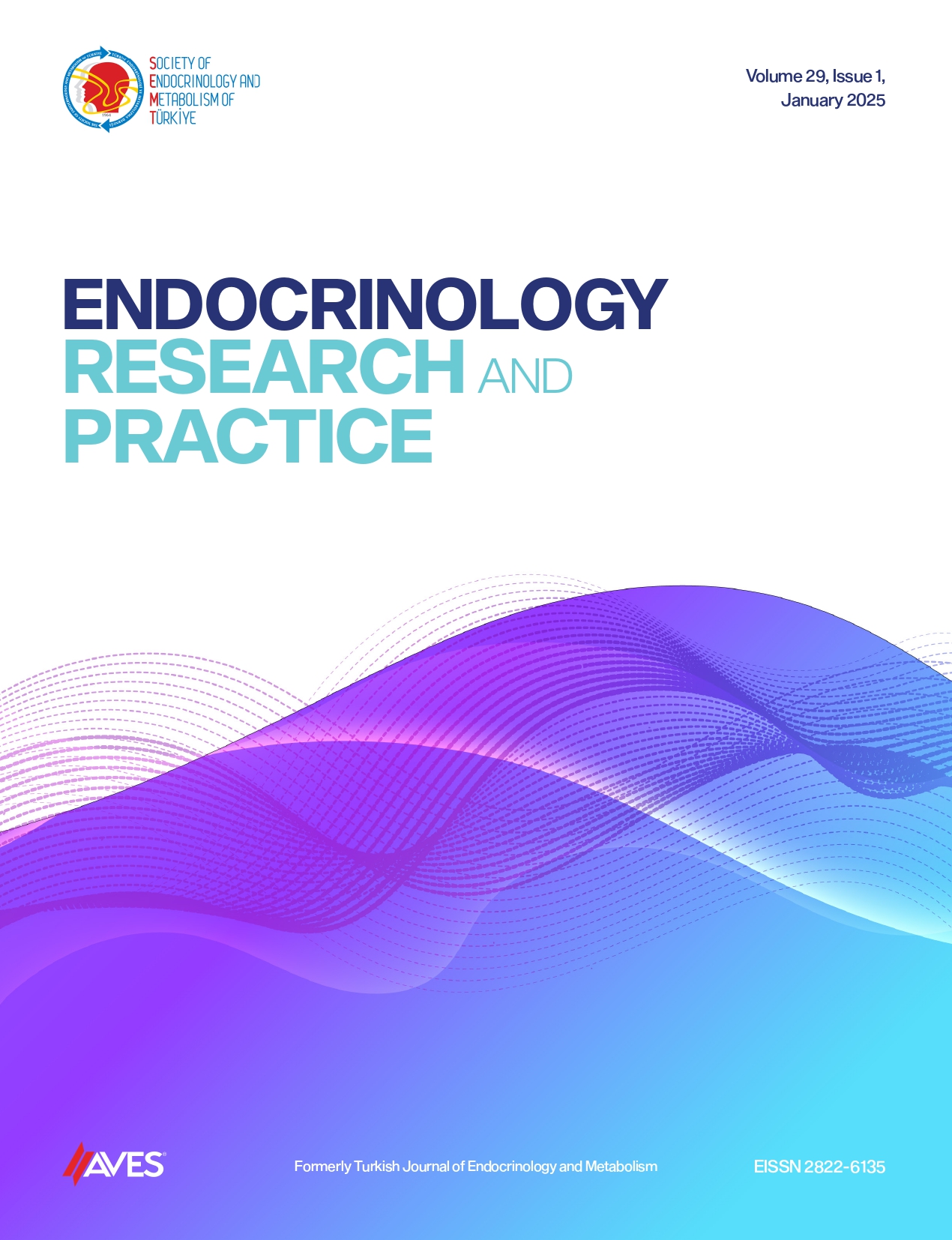Objective: The validity of fasting plasma glucose (FPG) measurements for detecting diabetes was evaluated in reference to HbA1c among a 35-64-year-old overweight and obese population.
Methods: Data were collected from 1200 adults aged 35-64 with a body mass index (BMI) of 25 kg/m2 or above using a questionnaire-based interview, basic clinical measurements, and biochemical analyses. Sensitivity, specificity, and ROC analyses were performed on 1121 persons for FPG (the index test) and HbA1c (the reference standard). HbA1c ≥6.5% was considered to indicate diabetes.
Results: Approximately 64% were female, 73% were employed, 31% had BMI ≥30 kg/m2 , and 70% lived in urban settings. The mean age (SD) was 47.8 (±7.5) years. The prevalence of diabetes was 25.7% according to HbA1c ≥ 6.5%, and 44% of them were undiagnosed. A significant correlation was found between FPG values and HbA1c (r=0.863; P < .001). At the FPG cutoff point of 126 mg/ dL, the sensitivity was 60% (95% CI: 53.6, 65.5), and the specificity was 99.8% (95% CI: 99.4, 100.1), with high agreement (kappa=0.69; P < .001). The positive and negative predictive values were 98.7% (96.9, 100.5) and 89.3% (87.4, 91.3), respectively. At FPG 100 mg/dL, the sensitivity increased to 82.0% (77.2, 86.7), and specificity reduced to 88.5% (86.2, 90.7), with a marginal change in kappa (0.66; P < .001). Receiver operating characteristic analysis found an area of 0.91 (P < .001) under the curve at this optimum cutoff point.
Conclusion: A lower threshold of FPG (≥100 mg/dL) may achieve a maximum yield of diabetes during the screening of overweight or obese persons in the age group 35-64 years.
Cite this article as: Senarath U, Katulanda P, Kalupahana NS, Partheepan K, Katulanda G. Validity of fasting plasma glucose in reference to HbA1c for the detection of diabetes in an overweight and obese population in Sri Lanka. Endocrinol Res Pract. Published online November 18, 2024. doi 10.5152/erp.2024.24495.

-1(1).png)

.png)
.png)